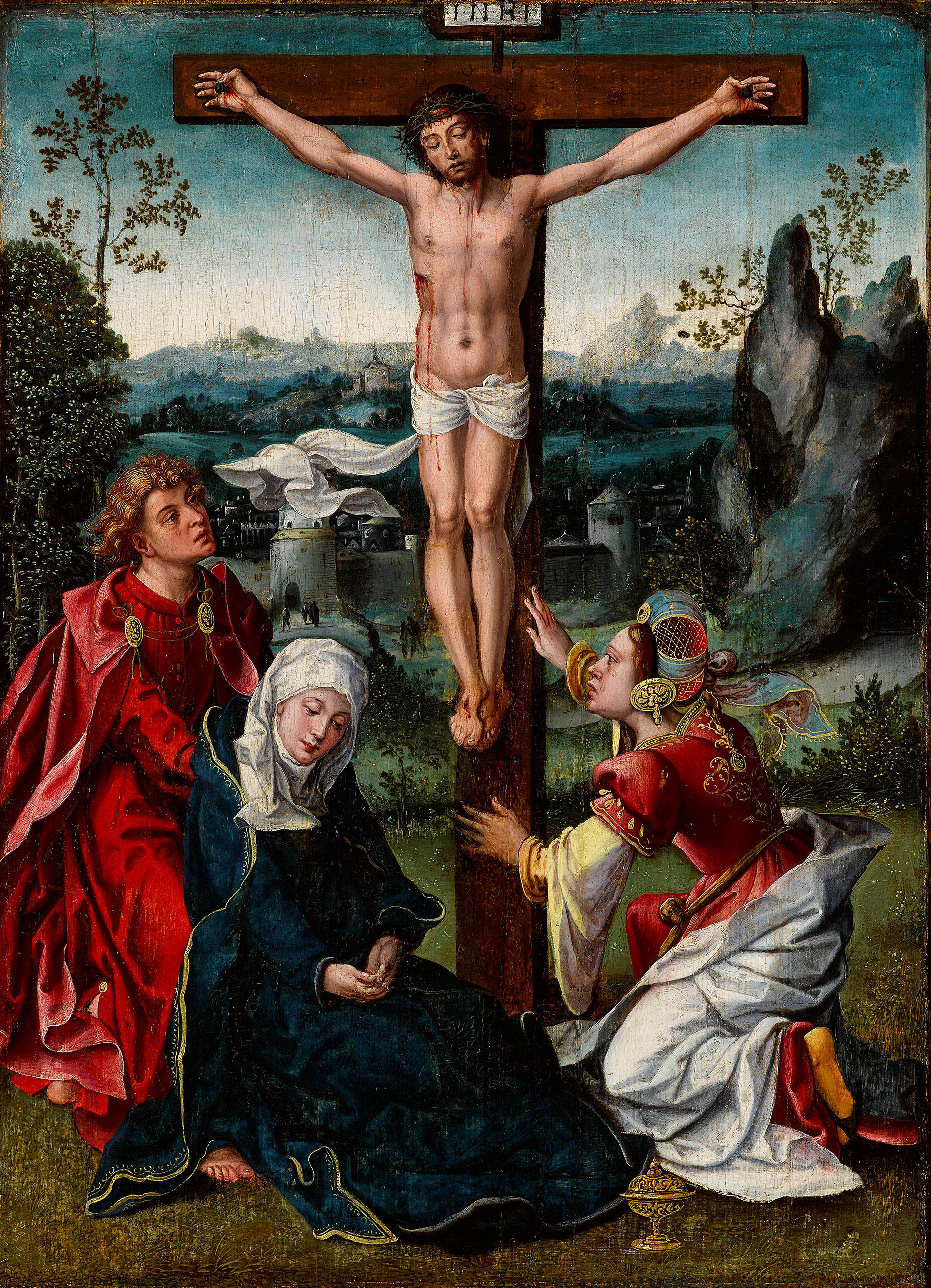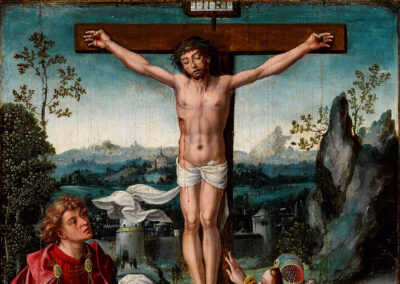Of all the Flemish panels in the Sacred Chapel of the Saviour in Úbeda, five triptychs and one panel, only the latter, a small panel attributed to Pieter Coecke van Aelst (E. Bermejo Martínez, 1981, no. 214, p. 133) and dated to around 1530, survived the Civil War.
In 1531, Francisco de los Cobos, the promoter of the aforementioned chapel as a family pantheon, made his second trip to Flanders with the imperial court, when, after his first trip to Italy, he already had "...".inoculated interest in art"(M. Falomir Faus, 2013, p. 251). 251), where, while having his portrait painted by Jan Gossaert, he was able to acquire the aforementioned collection, an activity that would mark a change of mentality with respect to his first trip to Northern Europe: a greater interest in painting, albeit of a religious theme, adapted to the needs of the funerary chapel he was planning, and in self-representation, and not only, as in the first, in which we only have evidence of his interest in purely devotional objects such as the reliquary busts of which one has survived. This panel is already mentioned in the first inventory made after the death of the imperial secretary in 1547, described as a panel of the crucifix with Our Lady and Saint John and the little Magdalene".".


